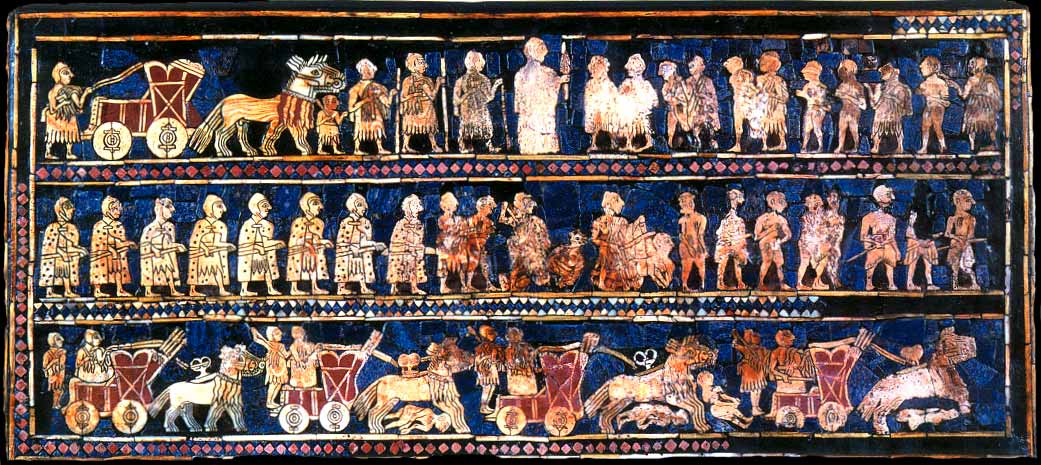Last week, on 29 August 2007, New Orleanians commemorated the second anniversary of the failure of the federal levees that left 80% of New Orleans under water and more than 1500 people here dead. It was perhaps the greatest manmade disaster in American history.
The only bright spot of the catastrophe was the revelation of the generosity of individual Americans and people from other countries. More than a million Americans came here as part of formal groups to help us recover. Many, many other people helped in the rescue effort; contributed money; housed and fed homeless relatives, friends, and complete strangers; and helped in many other ways. Our government may have abandoned us, but ordinary Americans and people from other countries rushed in to help.
New Orleans was battered but not beaten. Today I'm proud to post a few photographs that show the spirit of New Orleanians, who faced disaster with humor and determination. (First image copyright 2005 Vince Roberts; all other images copyright 2006 Shauna Roberts.)
Zip code 70125 was still officially closed to residents when this picture was taken, but that didn't stop us or our neighbors from going into the city to start the first step of rebuilding: throwing out ruined refrigerators and other trash.

Creative reuse #1: submerged car becomes street art

Creative reuse #2: ruined musical instruments becomes Christmas decorations

Funny—no takers for this generous offer

No street signs, no problem; people made their own

Signs of people returning

Despite all their hardships, people still found the time to make elaborate costumes and take part in parades, throwing beads and toys to the eager crowds.

Fare thee well, New Orleans. I may not blog for a couple of weeks because of our move to California. See you then from the other side of the Rockies!





